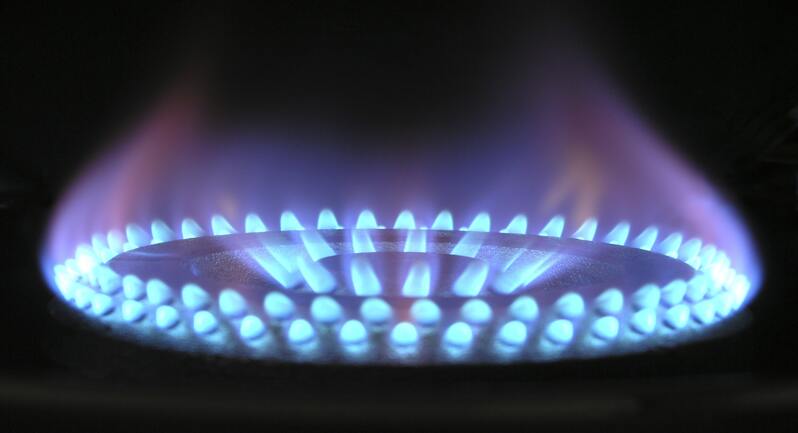
What are heating controls?
Heating controls are the devices fitted in your property that allow you to control both the temperature and the timing of your heating and hot water. By setting the controls properly you can ensure that your property is as warm or cool as you wish, and save energy as well.
A system of heating controls ideally has:
- A timer or programmer
- A Boiler thermostat
- A room thermostat
- Thermostatic radiator valves (TRVs)
What savings could I make by having proper controls?
- By fitting a hot water tank insulation jacket you could save £20-£30 a year.
- By fitting TRVs on your radiators, you could save between £70 and £150 a year.
- By turning down the temperature that your heating is set to/room thermostat by 1 degree Celsius, you could save £75 a year. You should set your household temperature between 18 and 21 degrees Celsius, at the lowest temperature where you can be comfortable.
- By having a timing control with separate hot water and heating times and a manual override, you can set your heating and water to come on at the times that are ideal for you, and set your heating to be on less than your hot water, or vice versa. Systems with a manual override will allow you to boost system output when you need it more than it is programmed.
You can always make savings by having your house properly insulated and keeping heat in.
What can I do to improve my controls and my heating system?
You can upgrade your heating controls without installing a new boiler system. This is recommended if your heating controls are over 12 years old due to the improvements in heating controls and their accuracy.
If you do not currently have any of the following in your home, you could benefit from having them installed (or if you have them installed but they are over 12 years old):
- Thermostatic radiator valves (TRVs) can be added to your system to help control individual room temperatures (and save energy), however, they are not as efficient with radiator covers due to the way they work. You can have a system with several zones set up through TRVs in order to maintain a lower temperature in areas of the house that are not used as much.
- A cylinder thermostat will keep the water in your hot water tank at the correct temperature and save energy from continuous heating.
- A boiler interlock will shut your boiler off when it’s not needed by the hot water cylinder or the heating system, saving energy and prolonging the life of your boiler.
- A boiler thermostat will control the water temperature through the pipes so it can be set at an ideal temperature for heating the house. The boiler thermostat should be set higher than the cylinder thermostat.
- You can have a system with several zones set up by having several room thermostats. This will allow you to maintain a higher temperature in high-use areas of the house and a lower temperature in others, saving energy when some areas of the house are used less than others.
